The Biological Mechanisms of Plant Adaptation to Urban Environments
Introduction
Urban environments present unique challenges and opportunities for plant species. The urban heat island effect, pollution, altered hydrology, and fragmented habitats are among the factors that influence plant adaptation in these settings. This article explores the biological mechanisms that enable plants to adapt to urban environments, focusing on physiological, morphological, and genetic adaptations.


Physiological Adaptations
Physiological adaptations are changes in a plant's internal functions that enhance its survival in urban environments. These adaptations can involve changes in photosynthesis, respiration, transpiration, and nutrient uptake.
Photosynthesis
Photosynthesis in urban plants often undergoes modifications to cope with the high levels of atmospheric pollutants, such as sulphur dioxide and nitrogen oxides, common in cities read more. Some plants have been observed to increase their photosynthetic efficiency under polluted conditions, a phenomenon known as the "pollution fertilization effect".

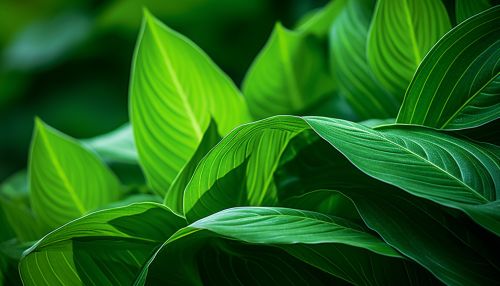
Respiration
Respiration rates in plants can also be affected by urban conditions. Increased temperatures due to the urban heat island effect can lead to higher respiration rates, which can in turn affect plant growth and survival learn more.
Transpiration
Urban plants often exhibit adaptations in transpiration, the process by which water is lost from plants to the atmosphere. These adaptations can include changes in stomatal density or function to reduce water loss in response to the often arid conditions of urban environments.
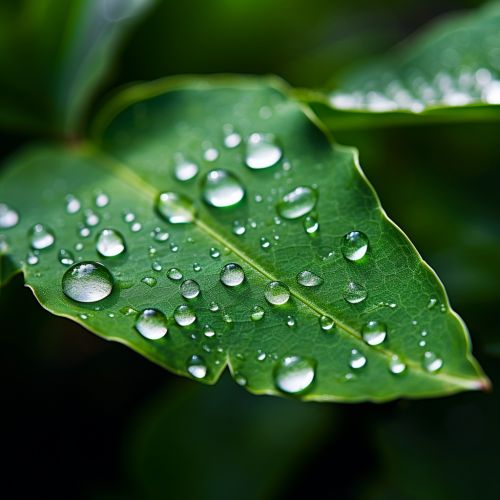
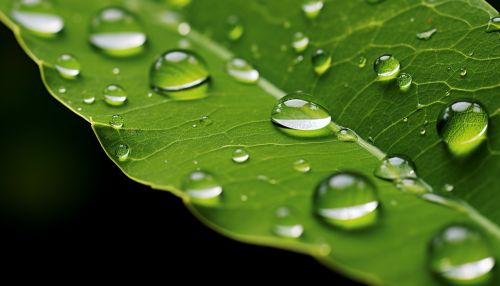
Nutrient Uptake
Urban soils can be rich in certain nutrients due to human activities, such as the application of fertilizers. Some urban plants have adapted to efficiently uptake these nutrients, which can give them a competitive advantage over other species.
Morphological Adaptations
Morphological adaptations are physical changes in a plant's structure that enhance its survival in urban environments. These can include changes in leaf size, root structure, and plant height.
Leaf Size
Urban plants often exhibit changes in leaf size in response to environmental conditions. For example, plants in urban areas often have smaller leaves, which can help reduce water loss through transpiration.
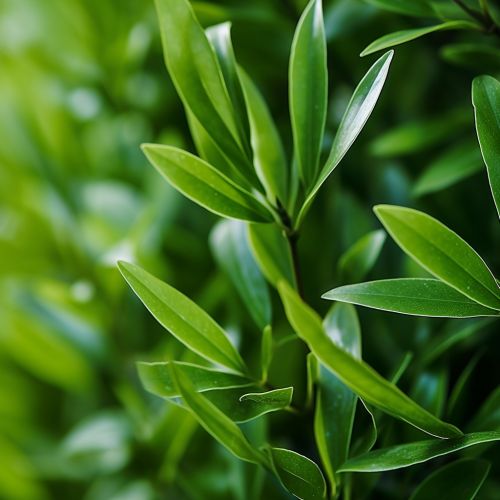
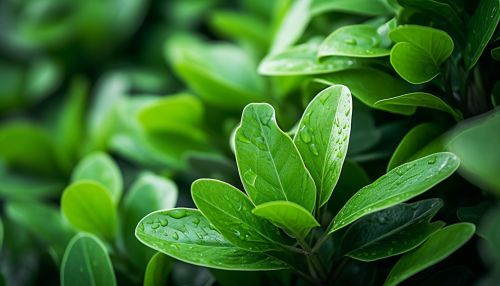
Root Structure
Changes in root structure can also be an important adaptation for urban plants. For example, some plants have developed deeper root systems to access water and nutrients in urban soils.
Plant Height
Plant height can also be influenced by urban conditions. Some urban plants have been observed to grow taller in response to increased light availability in cities, while others may remain shorter to avoid damage from human activities.


Genetic Adaptations
Genetic adaptations involve changes in a plant's DNA that enhance its survival in urban environments. These can include mutations that confer resistance to pollutants or that enable a plant to more efficiently use resources.
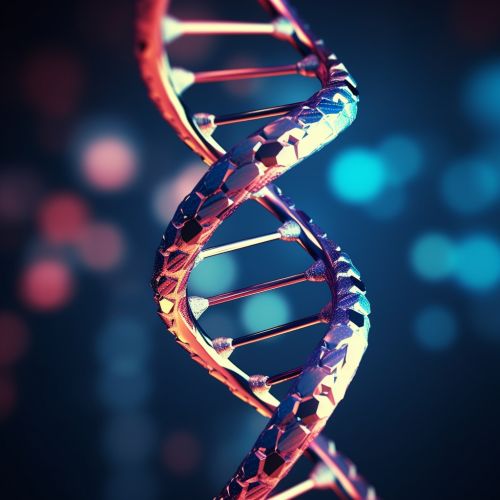
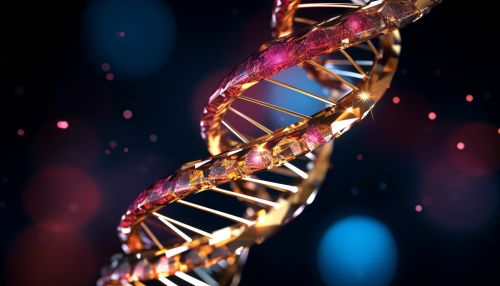
Conclusion
Understanding the biological mechanisms of plant adaptation to urban environments is crucial for urban planning and biodiversity conservation. By promoting the growth of plants that are well-adapted to urban conditions, we can create more sustainable and resilient urban ecosystems.
